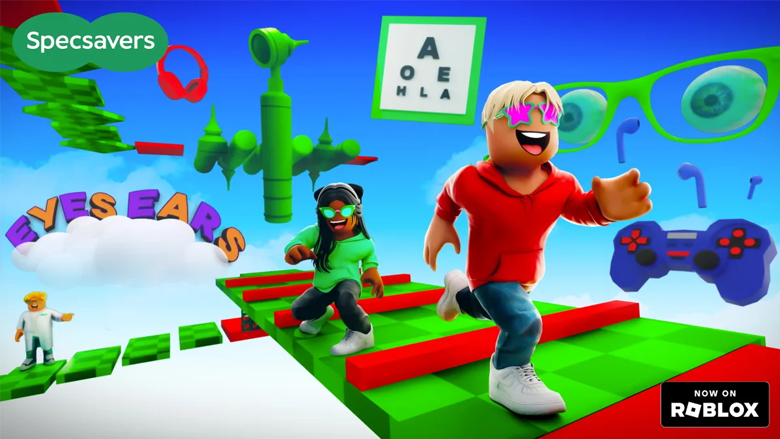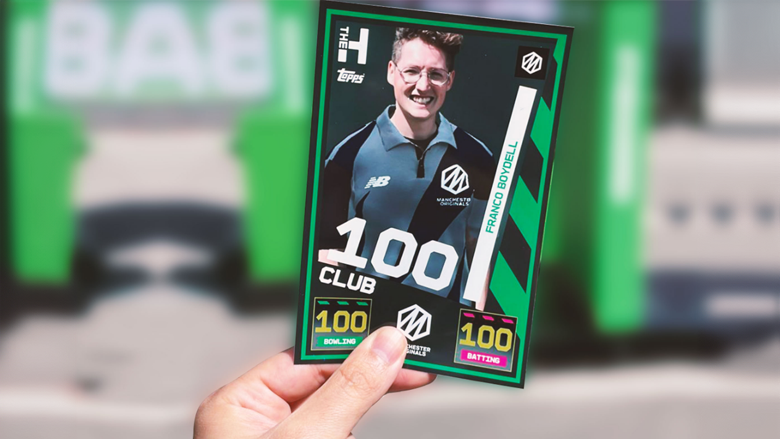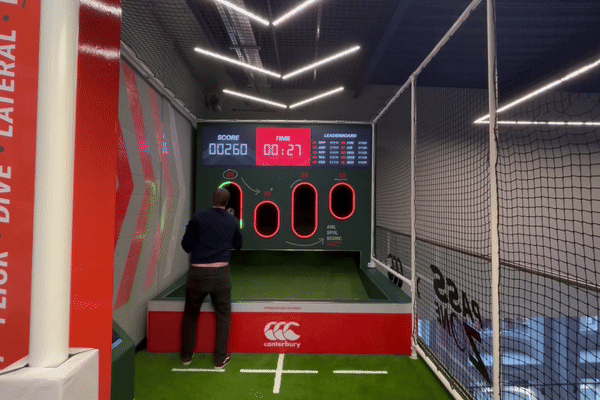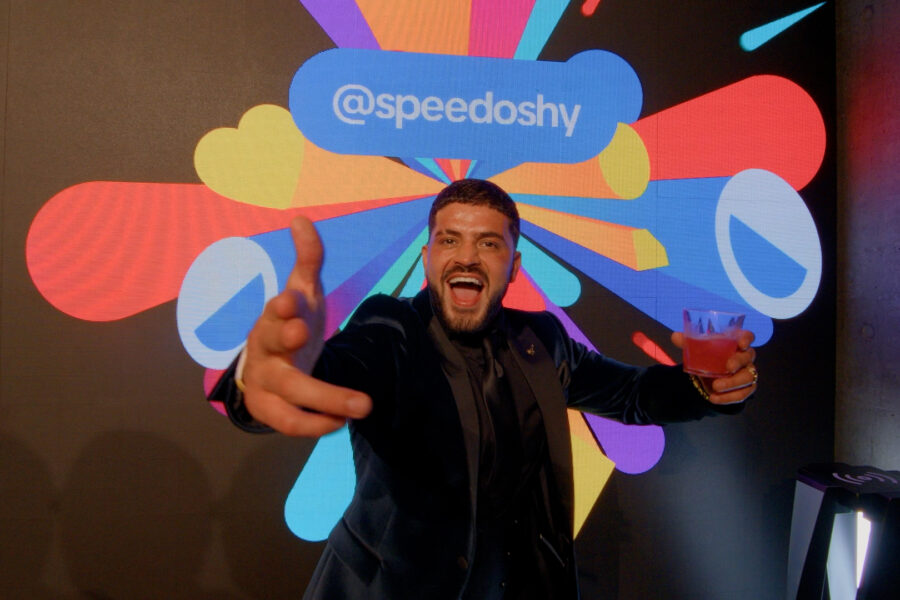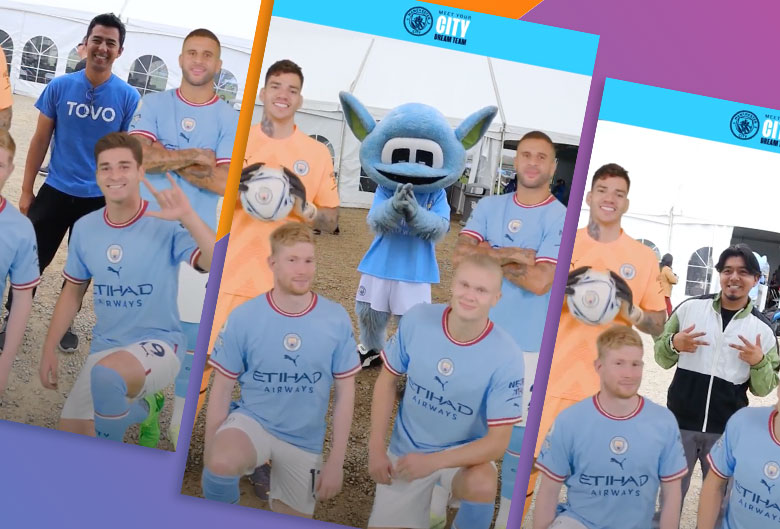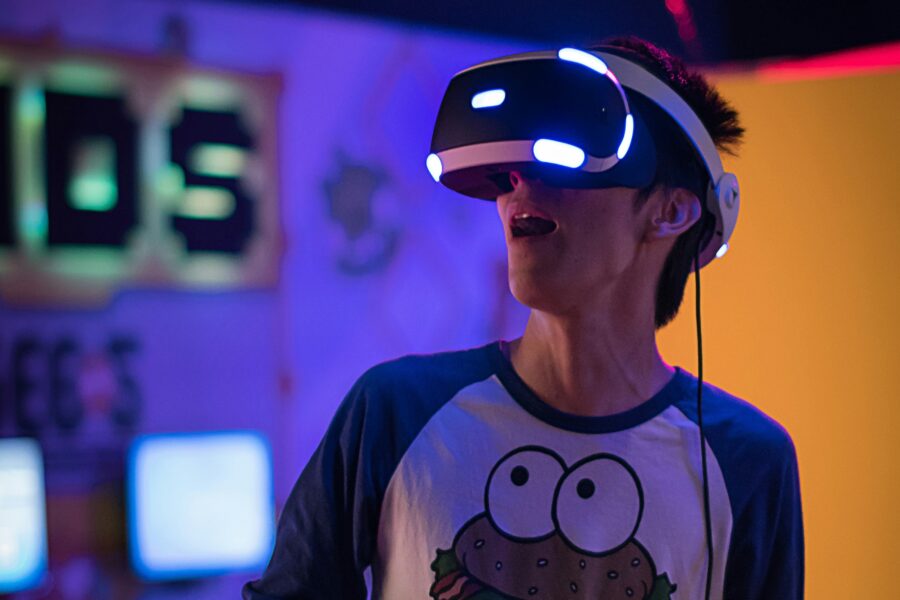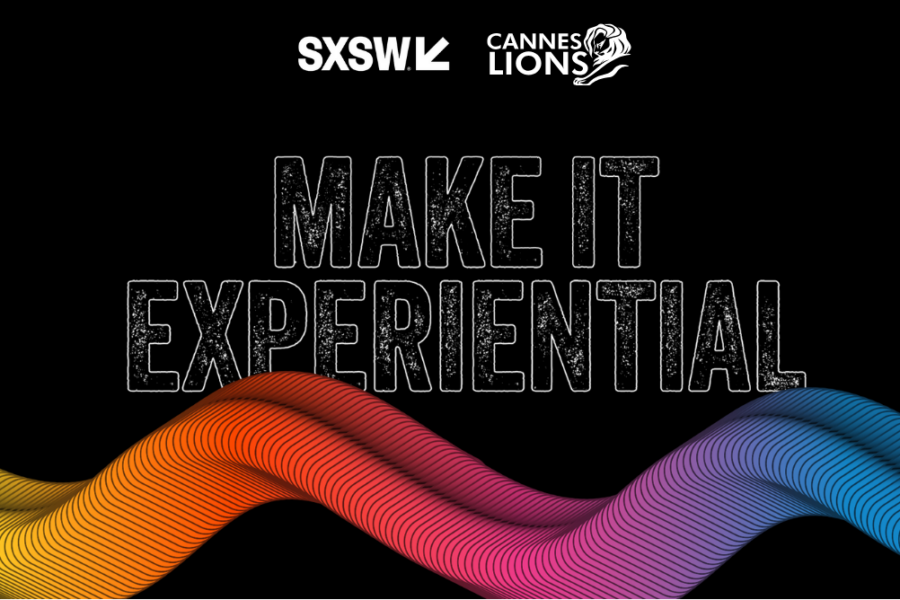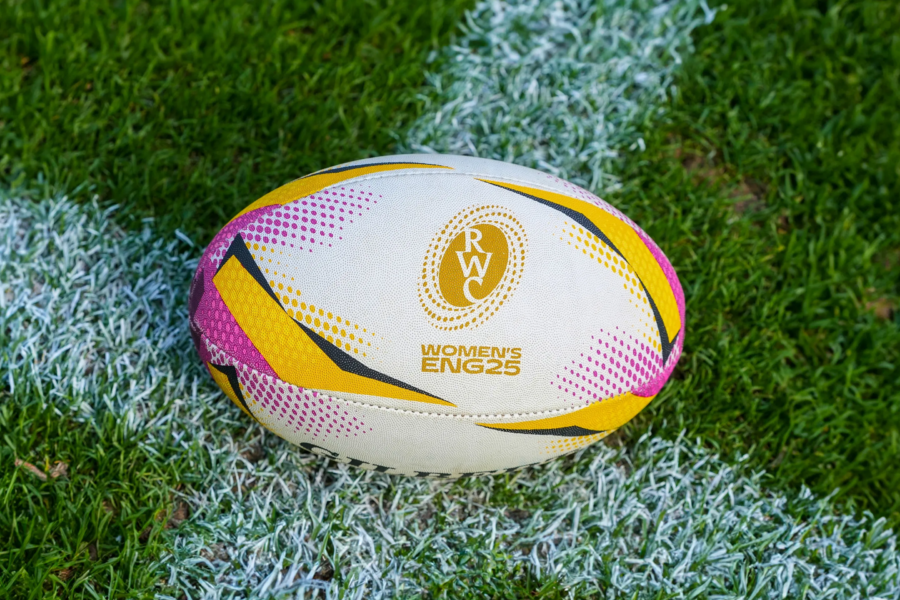14-June-2024
Staying Relevant: How Brands Can Embrace Trends to Engage All Demographics
Written by Edward Groves

In today’s fast-paced market, consumer preferences are evolving in hyper speed. Young people – the next wave of consumers are consistently turning to brand experiences over one-way, traditional transactions.
Unlike their predecessors, today’s consumers seek brands that offer interaction, excitement, and a sense of community. For brands to present themselves in a way that’s exciting in the 2020s, it’s essential that they lead trends.
Enter the new frontiers like gamification, digital collectibles, and experiential marketing. These once marketing buzzwords are now readily available, powerful tools that can transform consumer engagement into a personal journey.
More exciting, memorable connections and lasting loyalty; investing in modern consumer experience is the way forwards for brands to stay relevant.
Understanding the Need to Stay Current
Today consumer behaviours change faster than you can say “Trending on TikTok”.
The technology of the day shapes consumer expectations and continuously raises the bar for convenience, speed, and personalisation.
Smartphones, social media, and AI-enabled services mean consumers expect seamless, real-time interactions and tailored experiences. As the suite of platforms advance, consumers demand more from brands, pushing them to innovate to meet these expectations.
Brands that fail to keep pace run the risk of getting lost in the digital dust and becoming irrelevant in the 21st century. Just look at companies like Blockbuster and BlackBerry. These once iconic names failed to move with the times, and paid the price. Now, they’re little more than case studies of ‘What not to do’ in business schools around the world.
The Power of Gamification
Gamification has emerged as one of the most value-adding tools for targeting today’s generations. By transforming mundane interactions into two-way experiences and incorporating game-like elements into marketing strategies, brands can boost engagement and loyalty among customers.
This is because Gamification taps into consumers’ innate draw towards competition and rewards, making every interaction feel like a ‘fun’ – more of a challenge and less like a typical transaction.
Take the Nike+ app that turns running into a social and competitive activity, encouraging users to track their progress, set goals, and earn rewards. This move by Nike has seen increased brand loyalty and community building as a result.
Similarly, Starbucks’ loyalty program gamifies the coffee-buying experience, offering stars and exclusive rewards that keep customers coming back for more. The results speak for themselves, with higher customer retention and increased spending!
Even Specsavers have jumped on the bandwagon, creating a virtual pop-up shop on the Roblox game, that invites users to explore and engage with their brand in an innovative, digital playground!
Xi’s Gamification Tips:
- Understand your audience’s preferences and behaviours to design relevant and exciting challenges.
- Incorporate a system of rewards and recognition to keep users motivated.
- Ensure game mechanics are intuitive and easy to understand, promoting a seamless user experience.
Embracing Digital Collectibles and Personalisation
In the digital age, collectibles have transformed from physical trinkets into virtual treasures
Digital collectibles, like NFTs, virtual items, and shareable goodies, are all the rage, especially among the tech-savvy Gen Z crowd. These digital collectibles offer a new level of engagement, letting fans own their own unique piece of their favourite brands or teams.
The power of these digital collectibles lie in their exclusivity, with consumers being swayed by the chance to have a ‘one-of-a-kind’ item!
Take NBA’s Top Shot as an example – It opened a new door to fan engagement by allowing fans to buy, sell, and trade officially licensed NBA collectible highlights.
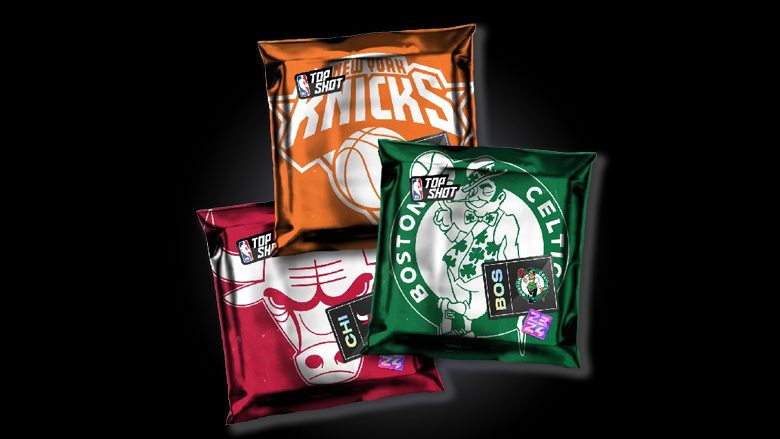
Manchester City’s collaboration with OKX to create limited edition NFT jerseys has also taken fan merchandise into the digital realm and added a new layer of excitement.
And who can forget XI’s own AR shirt playing cards for The Hundred Cricket tournament? These combine augmented reality and personalisation, letting fans interact with and customise their virtual cards in a fun and innovative way.
Xi’s Digital Collectible Tips:
- Find the type of collectible that will make your audience lust, and fits your brand ID.
- Create a smooth and user-friendly platform for your fans to collect their digital treasures.
- Add personalisation options to make the user experience even more special.
Creating Stronger Customer Connections Through Experiential Marketing
Experiential marketing looks to transform shopping, moving away from traditional retail experiences in order to give the customer an adventure! The idea is to make customers feel like active participants rather than just passive buyers.
Sephora is a great example of a company embracing experiential marketing. With its interactive in-store experiences that blend technology and beauty – customers can experiment with virtual try-ons, attend beauty classes, and receive personalised skincare consultations, making each visit memorable.
Xi’s own work with Sports Direct takes it up a further notch. Using advanced camera and digital technology, activations like Hang Tough, the Jump Booth, and the Rugby Passing Game, encourage customers to rise to the occasion and complete sport-based challenges! Turning the shopping experience into a dynamic and fun-filled event.
Xi’s Experiential Tips:
- Understand your audience’s interests and passions to create relevant and exciting experiences.
- Make the experience immersive and interactive, encouraging customers to engage with your brand in meaningful ways.
- Incorporate elements of surprise and fun to keep the experience memorable.
- Ensure the experience aligns with your brand’s identity and values, to create an authentic connection with your audience.
So who does it well? Brands Leading the Way
A couple of recent examples of brands looking to really meet their customers on their level include:
Coca Cola:
Coca-Cola Zero Sugar’s “#TakeATaste Now” campaign uses augmented reality (AR) and digital out-of-home (DOOH) marketing. By scanning QR codes on screens, users receive a voucher for a free drink at Tesco and earn points on the Coca-Cola app for giveaways. This interactive and gamified approach aimed to engage tech-savvy Gen Z consumers.
Man City FC:
Hitting fans from multiple angles both locally and also globally. From ‘tech pubs’ at The Etihad to help on-board people to their digital services (like the Cityzens app and digital tickets) through to global Trophy Tours to provide experience-heavy viewing parties in cities such as Jakarta and Cape Town, where fans can all access personalised takeaway (often featuring their trophies) so that no matter where you are in the world, you can feel like a true fan.
GUCCI:
Gucci has also attempted to reach a younger, gaming- oriented audience by tapping into digital fashion through offering virtual clothing in games like Roblox and Sims.
These brands succeed by understanding their audience and leveraging technology. Coca-Cola’s AR integration and Gucci’s unique virtual fashion offerings highlight the power of meeting consumers where they are.
In short, new technologies have opened new possibilities to interact and engage the digitally native, connected and conscious wave of consumers. By incorporating methods such as experiential marketing, gamification and collectibles, brands can meet these customers at their level and deepen the connection with them.

